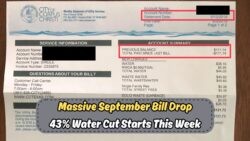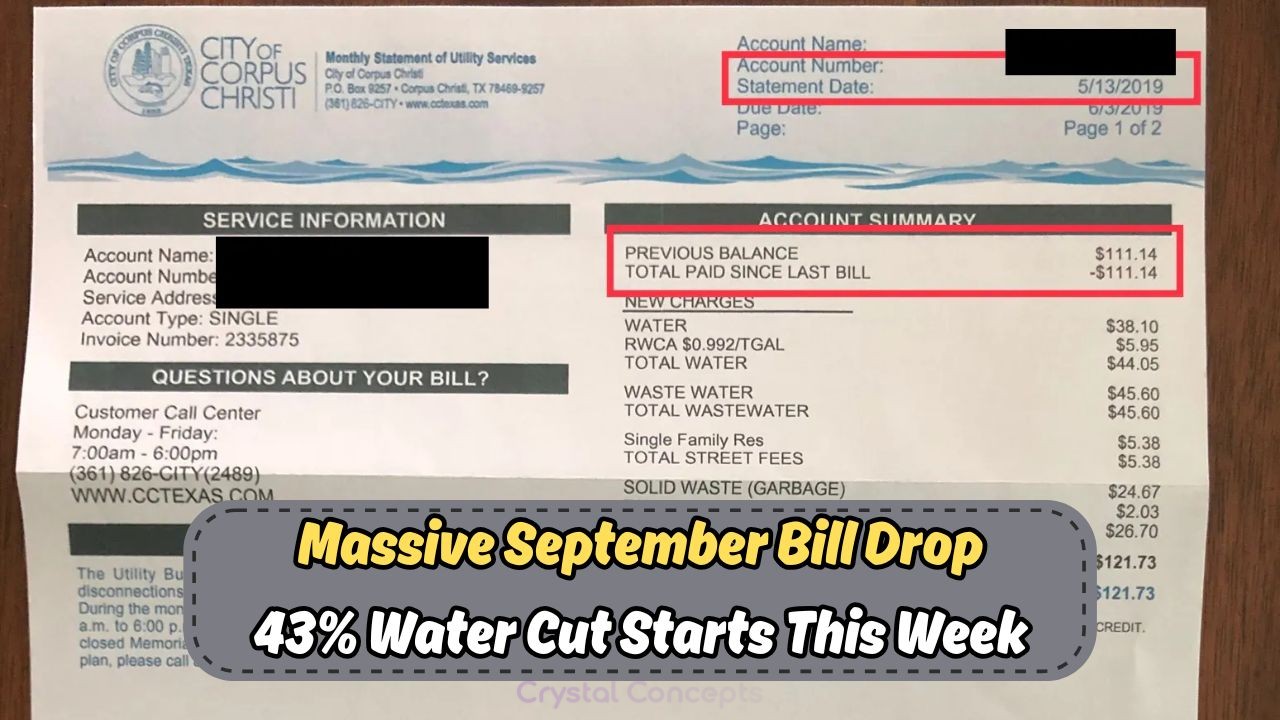R300,000 Government Funding for Textile & Garment Owners in South Africa: South African textile and garment entrepreneurs have a golden opportunity to boost their businesses with the R300,000 government funding available until December 2025. This initiative aims to revitalize the textile industry, providing much-needed capital to help business owners innovate, expand, and compete in both local and international markets. By taking advantage of this funding, textile and garment enterprises can invest in new technologies, improve their production processes, and create more sustainable and high-quality products. The funding is a significant step toward not only preserving but also growing a vital sector of South Africa’s economy.
Understanding the R300,000 Textile Funding Opportunity
For textile and garment business owners in South Africa, understanding the nuances of the R300,000 government funding can be pivotal. This initiative is designed to support small to medium enterprises (SMEs) in the textile industry, offering them financial assistance to foster innovation and sustainability. The funding can be used for a variety of purposes, including purchasing raw materials, investing in machinery, and improving operational efficiency. By meeting the application criteria, business owners can access a crucial financial boost.
- The funding is available until December 2025, providing ample time for potential applicants to prepare.
- It targets SMEs looking to enhance their competitive edge in the textile market.
- Applicants must demonstrate a clear business plan for utilizing the funds effectively.
- Priority may be given to businesses focusing on sustainable and eco-friendly practices.
- Successful applications can lead to long-term economic benefits for the business and the community.
- Engagement with local governments and industry bodies can strengthen applications.
- Regular updates and compliance reports may be required to ensure fund utilization aligns with initial proposals.
Steps to Apply for the R300,000 Textile Grant
Applying for the R300,000 government funding requires a strategic approach. Business owners need to ensure they meet the eligibility requirements and present a compelling case for their funding needs. The application process typically involves several key steps:
- Research and understand the specific requirements and objectives of the funding program.
- Compile and organize all necessary documentation, including financial statements and business plans.
- Develop a detailed proposal that outlines how the funding will be used to improve the business.
- Submit the application through the appropriate government channels before the deadline.
- Prepare for potential follow-up questions or interviews to clarify aspects of the proposal.
- Keep abreast of any changes or updates to the funding process to ensure compliance.
- After submission, maintain contact with the funding body to track the application status.
Maximizing the Benefits of Textile Funding
Once the funding is secured, textile and garment businesses should focus on maximizing its impact. This involves strategic planning and effective resource allocation. Businesses should consider the following steps to ensure the funds are utilized efficiently:
 World Bank's $1.5 Billion Boost: How South Africa Plans to Revitalize Power and Trains by 2026
World Bank's $1.5 Billion Boost: How South Africa Plans to Revitalize Power and Trains by 2026
- Invest in cutting-edge technology to enhance production capabilities and reduce costs.
- Focus on sustainable practices to meet global standards and appeal to eco-conscious consumers.
- Train employees to improve skills and productivity, leading to better product quality.
- Explore new markets, both domestically and internationally, to expand business reach.
- Build partnerships with local suppliers to strengthen the supply chain and reduce overheads.
- Implement robust monitoring and evaluation systems to track progress and adjust strategies as needed.
- Engage with industry networks and forums to share knowledge and gain insights into market trends.
Challenges in Accessing Textile Grants
Despite the opportunities, accessing the R300,000 textile grant can present challenges for some businesses. Understanding these potential hurdles can help applicants navigate the process more effectively. Common challenges include:
| Challenge | Description | Solution |
|---|---|---|
| Complex Application Process | Many find the application process daunting. | Seek assistance from business advisors or consultants. |
| Eligibility Criteria | Strict criteria can exclude some businesses. | Thoroughly review eligibility requirements before applying. |
| Limited Awareness | Some businesses may not be aware of the funding. | Engage with industry associations for information. |
| Competition | High demand can lead to competitive selection. | Ensure a well-prepared and detailed application. |
| Compliance Requirements | Ongoing monitoring can be resource-intensive. | Allocate resources for compliance management. |
| Resource Allocation | Improper use of funds can lead to inefficiencies. | Create a detailed budget and stick to it. |
| Market Changes | Fluctuations in the market can affect business plans. | Remain flexible and adapt to changes swiftly. |
| Communication Barriers | Language and technical jargon can hinder understanding. | Use clear and simple language in applications. |
Case Studies: Successful Textile Funding Applications
Examining case studies of successful funding applications can provide valuable insights for potential applicants. These examples illustrate how businesses have effectively utilized the R300,000 grant to achieve significant growth and sustainability. Key takeaways from successful case studies include:
- Robust business plans that clearly outline objectives and expected outcomes.
- Innovative approaches to leveraging technology to improve efficiency and output.
- Strong focus on sustainability, aligning with global environmental standards.
- Effective use of funds to enter new markets and diversify product offerings.
- Proactive engagement with local and international industry bodies to gain insights and support.
Understanding the Impact of Textile Funding on Local Economies
Funding initiatives like the R300,000 grant have significant implications for local economies. By supporting textile and garment businesses, these grants contribute to job creation, economic growth, and community development. The impact of this funding is multifaceted:
| Aspect | Impact | Example |
|---|---|---|
| Job Creation | Increased employment opportunities in the textile sector. | Hiring skilled workers for expanded operations. |
| Local Suppliers | Boosts local supply chains and businesses. | Collaboration with local fabric manufacturers. |
| Economic Growth | Contributes to GDP through increased production. | Higher export volumes of South African textiles. |
| Community Development | Enhances community well-being through economic stability. | Improved infrastructure from increased business activity. |
| Innovation | Drives innovation in textile production and design. | Development of new sustainable materials. |
FAQ Section on Textile Funding
What is the purpose of the R300,000 textile funding?
The funding aims to support SME textile businesses in South Africa by providing financial assistance to enhance innovation and sustainability.
Who is eligible for the textile funding?
Eligibility typically includes SMEs within the textile and garment sector that meet specific criteria set by the funding body.
How can the funding be used?
The funds can be used for purchasing materials, investing in technology, and improving business operations.
What is the deadline for application?
The funding is available until December 2025, allowing businesses ample time to apply.
How to improve the chances of a successful application?
Ensure a comprehensive and well-documented application that clearly outlines the business plan and use of funds.









